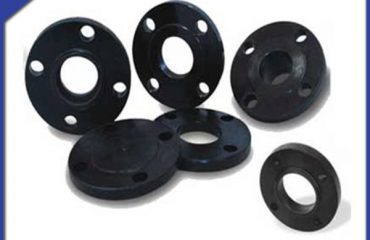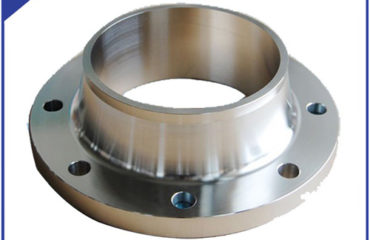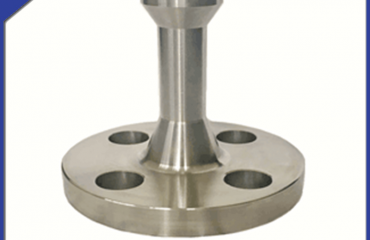
Anchor flanges should be made of high-strength, corrosion-resistant, and wear-resistant materials. Usually, high-quality materials such as carbon steel, stainless steel, or alloy steel are used. When selecting materials, they should be selected based on specific application scenarios and actual needs, and ensure that the quality of the materials meets relevant standards,
Anchor flanges should have a certain strength and bearing capacity to withstand the weight and external loads from connected pipelines or equipment. According to different application scenarios and actual needs, the strength of anchor flanges should be designed reasonably, and it should be ensured that they will not deform or be damaged during use. In terms of strength standards, design should refer to relevant specifications and standards.
The size of the anchor flange should comply with relevant standards, including diameter, degree, bolt hole diameter, and spacing. During the manufacturing process, machining should be strictly carried out according to dimensional requirements to ensure that the error is within the allowable range. In addition, the shape and structure of the anchor flange should be reasonably designed according to actual needs to meet installation and usage requirements.
 Language
Language Espanol
Espanol English
English Italian
Italian عربى
عربى
 Skype: chinamaker99
Skype: chinamaker99  Tel: 86-316-5120812
Tel: 86-316-5120812  Email:
Email:  Whatsapp:
Whatsapp: 

